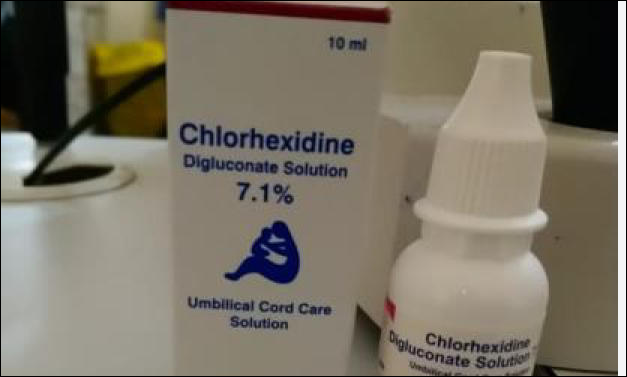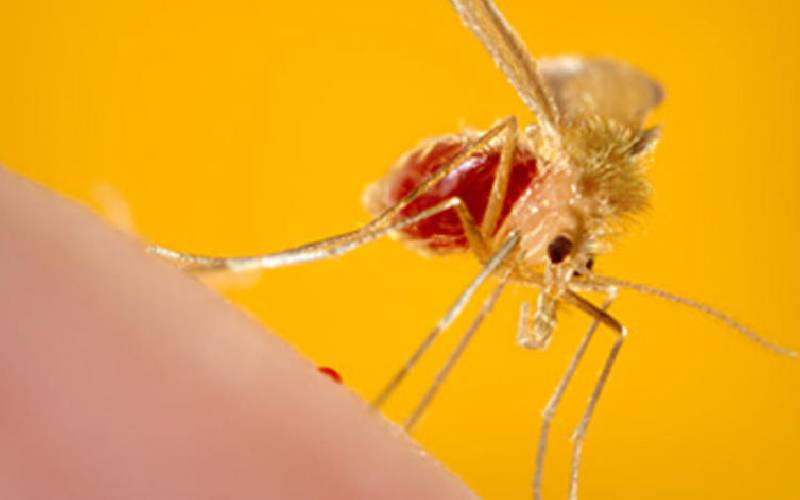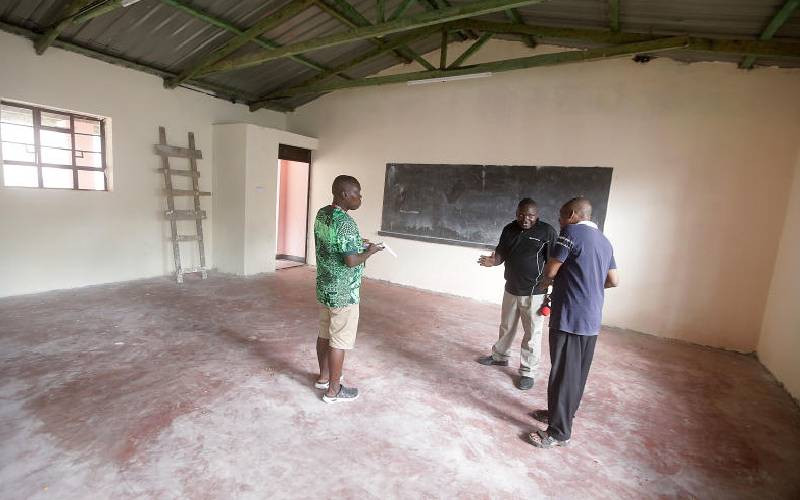
Dr Clarice Onyango, an ophthalmologist at Kisii County Teaching and Referral Hospital, was going about her duties when she was called to check on a newborn baby whose eyes had swollen three hours after birth.
The little one sunken in excruciating pain just on their first day, Dr Onyango examined her carefully. “When I got there, the attending nurse had already done first aid, irrigating the eye using normal saline,” she says.
The baby’s mother had applied a gel on her eyes, two hours after delivery, possibly thinking it was an antibacterial eye ointment, commonly given to newborns.
Little did she know what she had was the wrong ointment; 7.1% Chlorhexidine, an ointment recommended by the World Health Organisation for Umbilical Cord Care.
“I started her on treatment immediately. I was able to apply topical anesthesia and irrigate the eye with more normal saline, after which I did close follow up. It is now 5 weeks and thankfully, the child can open both eyes although the right eye has a slight corneal opacity,” said Onyango.
Meets the guidelines
Fortunately for this mother, the baby’s eyesight was saved after prompt action of the medics.
Such an incident has not only been reported in Kisii. In Turkana, 6 cases from various parts of the county, among them a 1-week-old baby, have used the 7.1 per cent Chlorhexidine gel or solution for eyes.
Some have sustained serious damage to the eyes, riskingblindness. In Mbagathi, ophthalmologists have attended to other mothers who have accidentally used the same gel for their babies’ eyes.
“I recommend the packaging to be changed. It is packaged like an eye gel or eye drops which is causing confusion,” said Dr Onyango. “Most people would tend to think it is something for the eyes from the way it looks.”
The reports of this medical error upon use of the medication were submitted to the Ministry of Health in 2018, but until now, meetings to find a way forward have not given any remedy.
“We have been meeting with stakeholders like the manufacturers and the Ministry of Health’s Ophthalmic Eye Unit to find an amicable way out of this, but so far we haven’t,” Dr Fred Sioyi the CEO of the Pharmacy and Poisons Board said.
Although the product meets the guidelines for packaging pharmaceutical products, the doctor’s recommendations that the packaging be changed, is due to the fact that not all mothers are literate. This may help resolve this medical error, but a Ministry of Health official cited high costs of changing the packaging as a possible reason why the manufacturers are reluctant.
Onyango said most of the time, people will realise the mistake after the chemical injury to the eye has happened. “They would have swollen red eyes, tearing, sensitivity to bright light, inability to open the eyes and severe pain.”
Stay informed. Subscribe to our newsletter
In 2015 in Yobe State in Nigeria, a newborn was reported to have gone blind after the mother applied the 7.1% Chlorhexidine solution in the baby’s eyes. The mother had thought that it was eye drops for her baby’s eyes.
Chlorhexidine solutions are an effective antiseptic that provides bactericidal action for 24 hours after a 2-minute application. However, they are toxic to the cornea and middle ears, posing a great risk to both the patient and health care personnel if not handled carefully. It can cause permanent visual loss.
Neonatal sepsis is one of the leading causes of newborn deaths in the country. Kenya records 22 neonatal deaths per 1,000 each year, according to the Kenya Demographic and Health Survey of 2014. This solution or gel was recommended particularly for low and middle-income countries, for use in hospital and home deliveries in order to reduce the number of newborns that are likely to die from infections.
Although the product is labeled that it is for external use, this may not be sufficient warning considering how the package looks. A senior official from the Ministry of Health indicated that they were waiting for a report of investigations done by the Pharmacy and Poisons Board for them to act on this matter.
Meanwhile, mothers are advised to seek immediate help if such an incident occurs. If near a health facility, one should rush the baby for prompt skilled health care. If far from a health facility, mothers are advised to irrigate the eye with clean running tap water.
Healthcare workers are advised to inform the mothers about the 7.1% Chlorhexidine gel used for umbilical cord to avoid confusion.
In case a mother brings a baby with such an injury, they are advised to irrigate the eye with normal saline, apply a topical anesthetic and give an oral painkiller.
At the soonest possible, they should refer the baby to an ophthalmologist.
 The Standard Group Plc is a
multi-media organization with investments in media platforms spanning newspaper
print operations, television, radio broadcasting, digital and online services. The
Standard Group is recognized as a leading multi-media house in Kenya with a key
influence in matters of national and international interest.
The Standard Group Plc is a
multi-media organization with investments in media platforms spanning newspaper
print operations, television, radio broadcasting, digital and online services. The
Standard Group is recognized as a leading multi-media house in Kenya with a key
influence in matters of national and international interest.
 The Standard Group Plc is a
multi-media organization with investments in media platforms spanning newspaper
print operations, television, radio broadcasting, digital and online services. The
Standard Group is recognized as a leading multi-media house in Kenya with a key
influence in matters of national and international interest.
The Standard Group Plc is a
multi-media organization with investments in media platforms spanning newspaper
print operations, television, radio broadcasting, digital and online services. The
Standard Group is recognized as a leading multi-media house in Kenya with a key
influence in matters of national and international interest.







